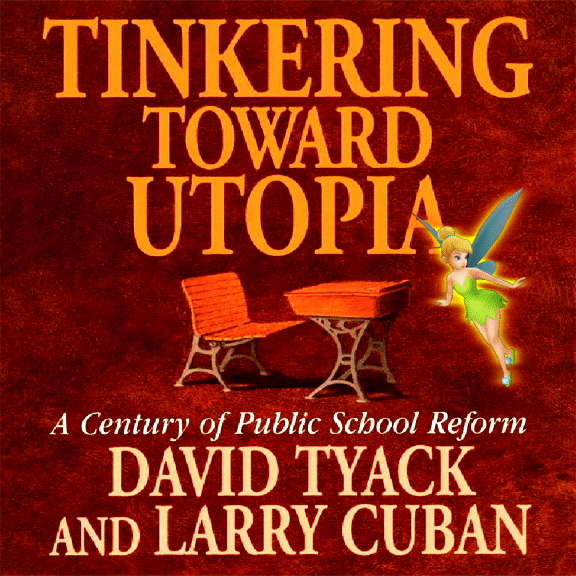Another Look at “Tinkering Toward Utopia”
2020 marks a quarter-century since Tinkering was published. Still in print, the short book on the history of school reform that David Tyack* and I wrote has been praised and panned. Over the years, David and I have spoken and written about the ideas we expressed in the book about history of U.S. school reform and subsequent shifts that we have seen in reform-minded policies pushed by federal and state authorities. And, of course, the hyperbole that accompanied each reform’s rhetoric, action, and implementation.
We have been asked many questions over the years about the logic of the central argument we made and evidence we had to support it. We have been asked about why schooling (both private and public) seem so familiar to each generation of parents even with new buildings, furnishings, and technologies.
Not long ago, however, I was asked one question that I don’t remember ever being asked: Whose utopia are you tinkering toward?
That question returns to me during the current pandemic as U.S. public schools shut down for a half-year erratically open for in-person schooling but, more often than not, with remote instruction. The question got me thinking anew about the ever-shifting aims of reformers who champion how schools should be. “Should be” is the key phrase in reform because buried within each major reform that has swept across U.S. schools with either gale-force winds or stiff breezes is a vision of a utopian schooling and a “good” place for children to be.
As schools re-open still in the midst of Covid-19, online instruction for the CONTINUE READING: Another Look at “Tinkering Toward Utopia” | Larry Cuban on School Reform and Classroom Practice


